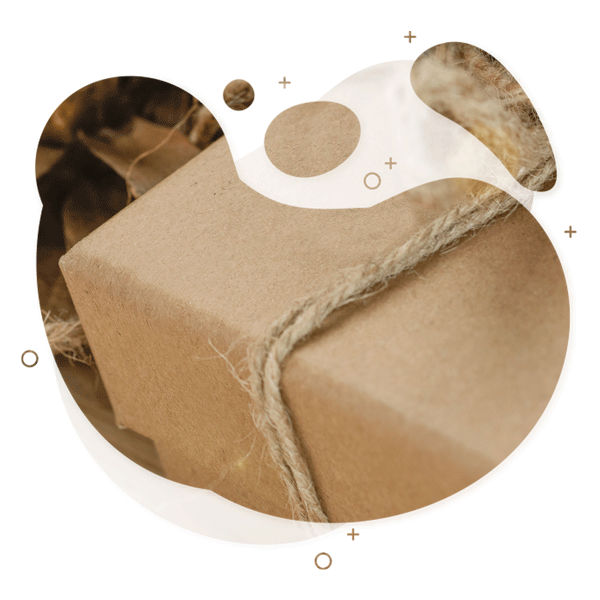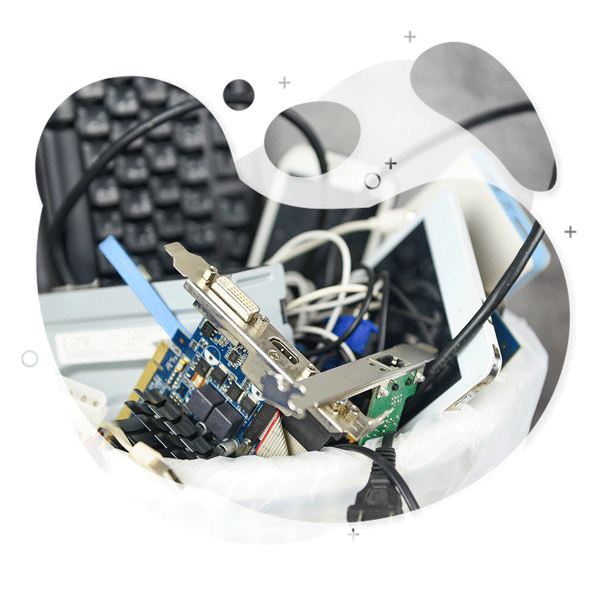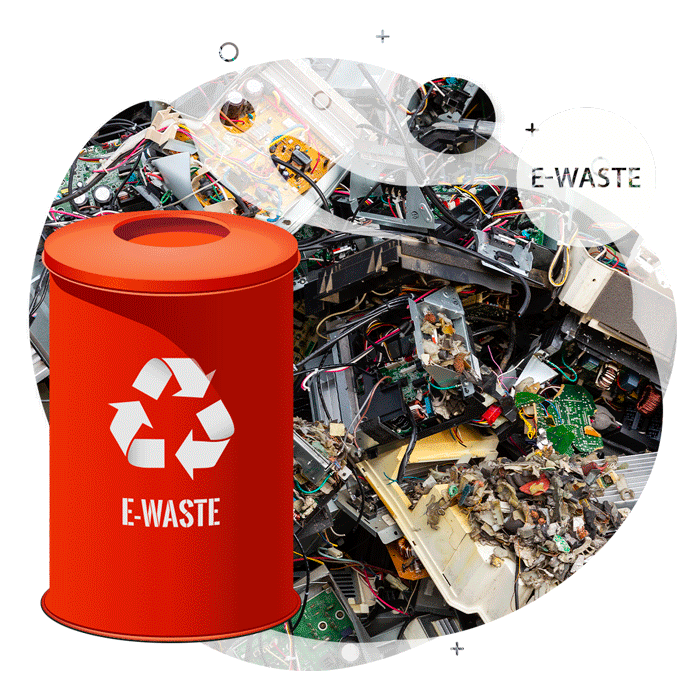
Organic:
Food Waste

Organic:
Paper Waste

Electronic Waste
(E-waste)

ORGANIC WASTE IN AFRICA
1/3 Of All Food Produced Worth $1T Is Lost Or Wasted Every Year.
Organic (Food) waste is a significant problem in terms of its environmental impact and economic consequences. Up to 10% of global greenhouse gases come from food waste, according to UNEP (2021).
The leading causes of food waste are overproduction, spoilage, and consumer behavior. Food waste has significant environmental impacts, including greenhouse gas emissions, water, and land use, and biodiversity loss. Food waste also has economic consequences, such as decreased revenue for farmers and higher consumer prices.
We educate people on reducing food waste, such as reducing portion sizes, using leftovers, and composting inedible food, and develop novel technologies to improve the efficiency of organic waste recycling.
PAPER WASTE IN AFRICA
4 Billion Trees Are Cut Down To Produce 400 Million Tonnes Of Paper Each Year, Of Which Only Half Is Recycled.
Paper is one of the most significant components of solid waste in landfills accounting for 26%.
When paper decomposes in a landfill, it releases methane, a greenhouse gas 23 times more potent than carbon dioxide, which expedites Climate Change.
As an organization, we help to combat paper waste pollution in the following ways:
• Tree Planting Initiative.
• Developing Technologies that Reduce the Use of Paper (Smart Devices, Apps & Cloud Storage).
• Education/ Public Awareness.
• Developing State-Of-The-Art Technologies to Recycle Paper Waste.
• Partnering With Organizations to Deploy Our Yet-To-Release Paper Waste Efficiency System for Companies.


E-WASTE IN AFRICA
We Generate Around 40 million Tonnes Of Electronic Waste Every Year Worldwide, And Sadly, Only 12.5% Is Recycled.
E-waste can cause serious environmental problems due to toxic chemicals such as lead, mercury, and arsenic that pollute our soil and water and disrupt our ecosystems and health. 85% of our E-Waste is sent to landfills, and incinerators are mostly burned and release harmful toxins into the air.
As an Agritech and Climatech organization, we tackle e-waste pollution using the following approach:
• Awareness Creation.
• E-waste Donation & Management Platform.
• E-waste Incentivizing App.
• Partnering & Developing Cloud Technologies.
• Launch an Efficient, Cost-Effective E-waste Technology.
• Student E-waste Innovation Challenges.
• Consultancy for Farms, Companies & Organizations Willing to Adopt New Technologies.
organic and e-waste on the radar
1. E-waste Contains Gold and Precious Metals.
2. E-waste is Worth More than the GDP of Over 100 Countries.
3. Recycling 1 Million Laptops saves the Energy Equivalent to the Electricity used by 3657 Homes in a Year.
4. There are more Active Cell Phones then there are People on the Planet.
5. Africa is the Largest importer of E-waste.
6. As much as 7% of the World’s Gold may currently be contained in E-waste.
7. E-waste is Responsible for Around 70% of all Toxic Waste.
8. Electronic waste is the Fastest-Growing Waste Stream in the World.
9. 20 to 50 Million Metric Tonnes of E-waste are disposed of worldwide yearly, equivalent to throwing away 800 laptops every second.
10. Recycling E-Waste is Good for the Economy.
11. Small Electronic Devices Create More E-Waste Than Large Electronics.
12. Recycling E-waste Reduces the Pressure on Natural Resources.
13. Only 12.5% of e-waste is currently recycled.
14. It takes 500 pounds of fossil fuel, 50 pounds of chemicals, and 1.5 tons of water to manufacture one computer and monitor, according to the American Association for the Advancement of Science.
15. The United Nations estimates that global e-waste volumes could increase by as much as 39% to 74.7 million tons a year by 2030.



Subscribe to our Newsletter
and receive latest updates in your inbox.



